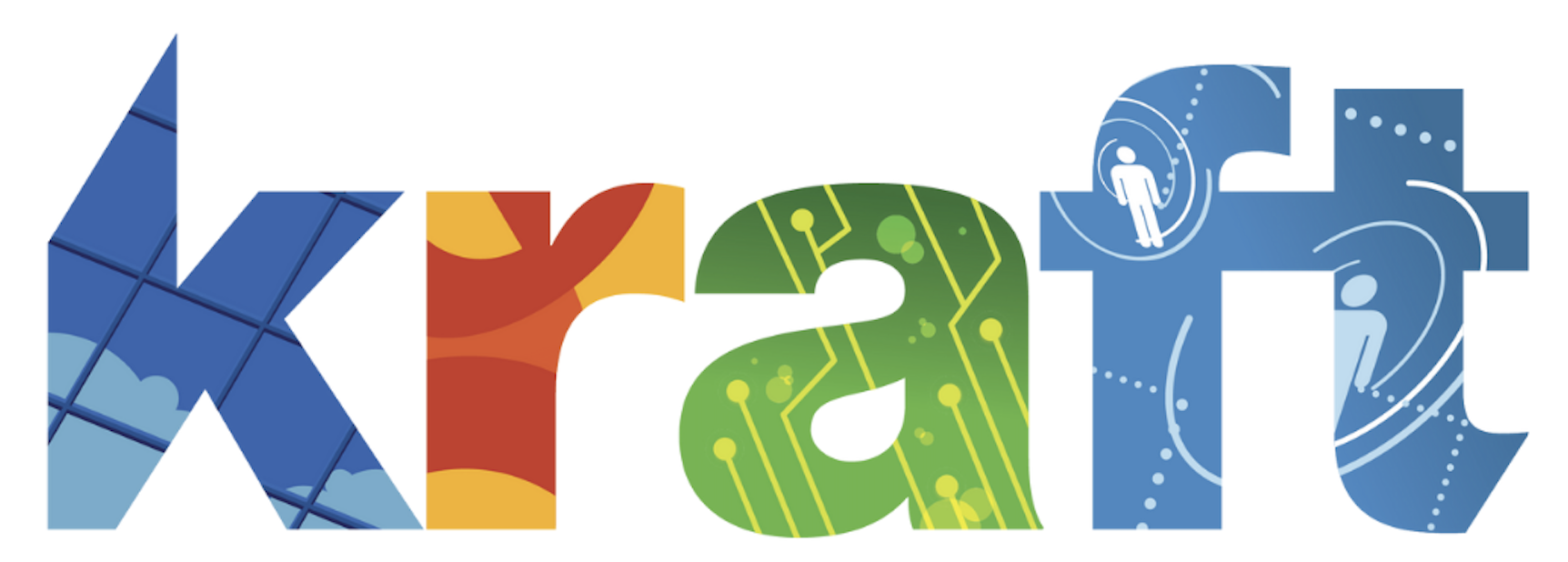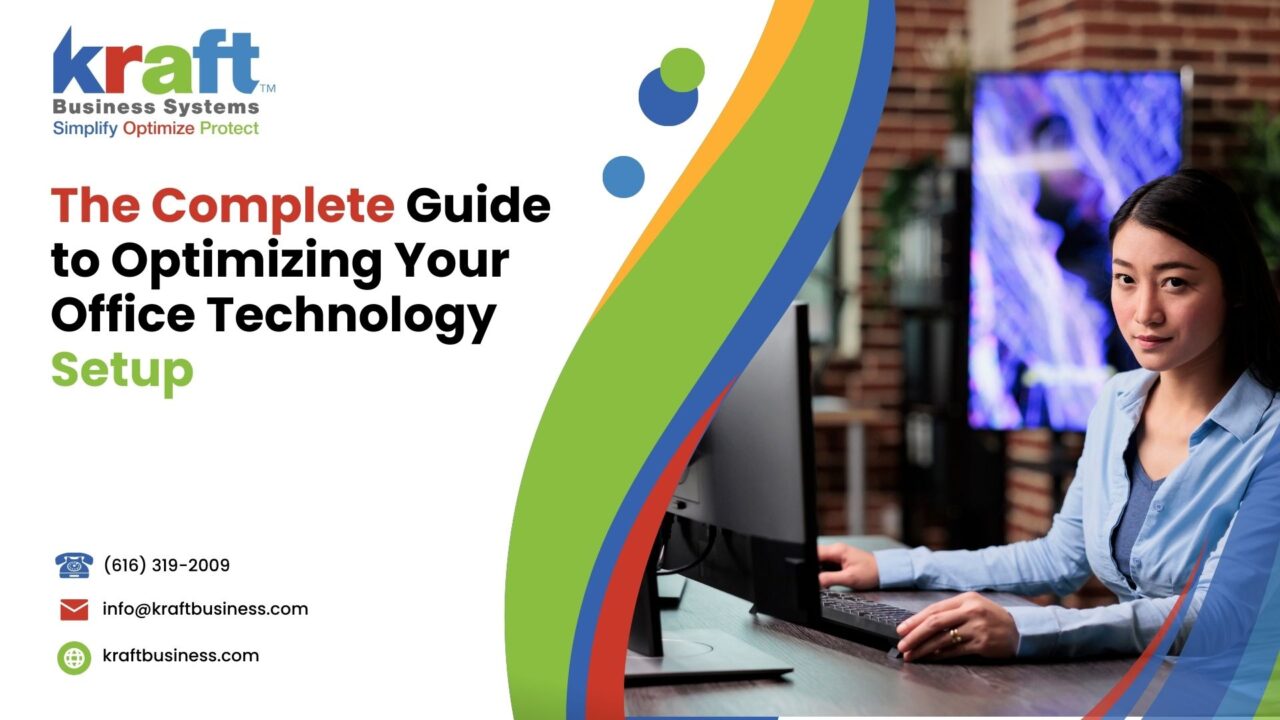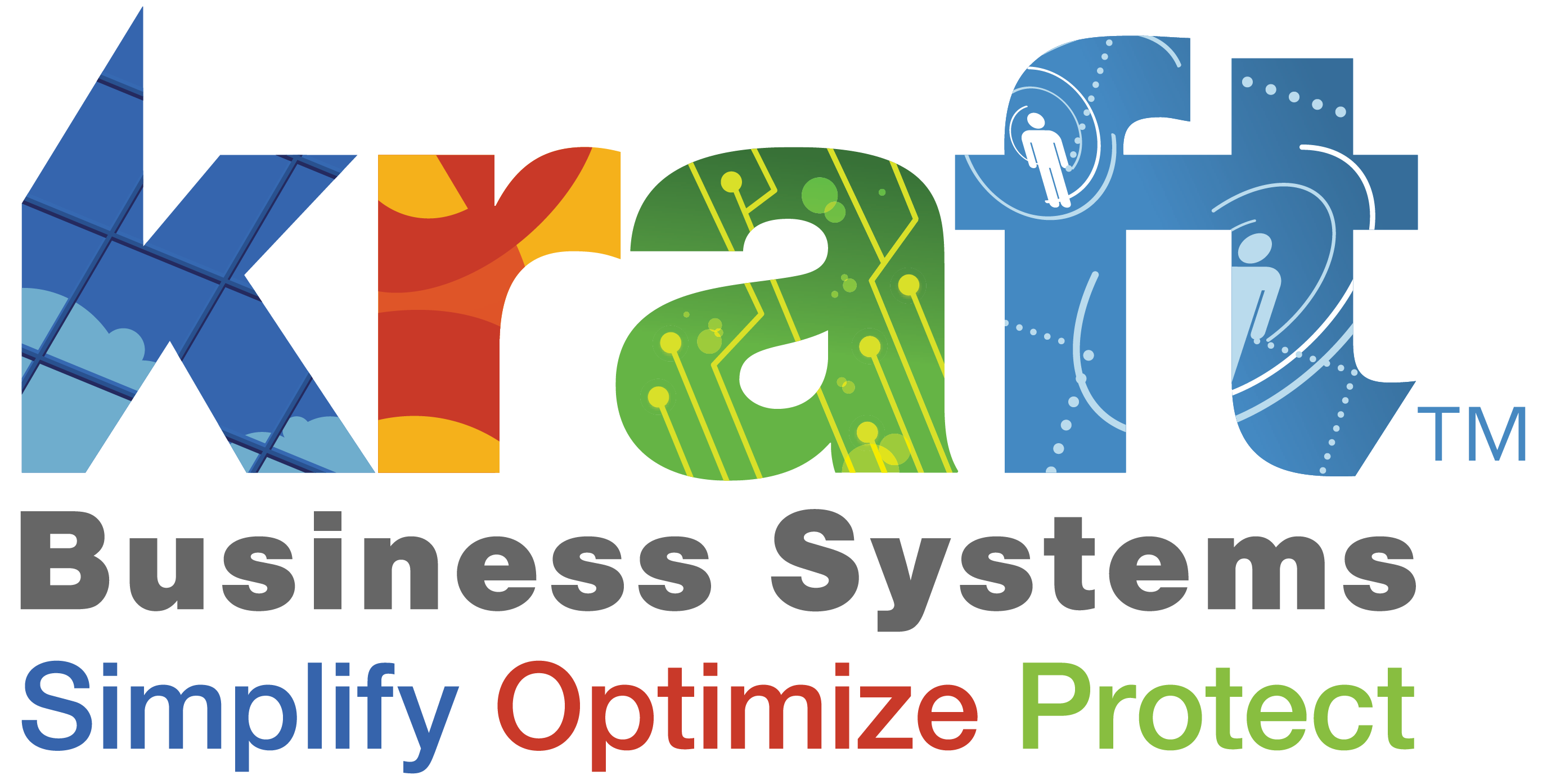A well-planned office technology setup is essential for any business aiming to optimize productivity and create a collaborative work environment. Whether you’re setting up a new office layout or upgrading your current one, understanding and implementing the right technology can streamline your operations, boost employee satisfaction, and enhance overall efficiency.
This comprehensive guide will walk you through every step of the process, from assessing your office needs to selecting the essential technology components and implementing a sustainable maintenance plan. We’ll also cover future-proofing strategies to ensure your office remains on the cutting edge of technology. Therefore, by the end of this guide, you’ll have all the information you need to create an effective and efficient technology setup tailored to your business requirements.

Assessing Your Office Needs
Understanding Your Office Requirements
The first step in optimizing your office technology setup is to understand your specific requirements. Start by assessing the number of employees and their roles within the company. For instance, a graphic design firm will have different technology needs compared to a law office. Therefore, knowing the types of tasks your employees perform will help you make informed decisions about the technology you’ll need.
Evaluating Current Technology
Once you have a clear understanding of your office needs, it’s time to evaluate your current technology. Conduct an inventory of all existing equipment, including computers, printers, and networking devices. Identify outdated or inefficient equipment that may be hindering productivity. In other words, pinpointing these weaknesses will allow you to plan for necessary upgrades.
Setting Goals for Your Technology Setup
Next, set clear goals for your technology setup. Determine both short-term and long-term objectives. For example, you might aim to replace all outdated computers within six months or implement a new cloud-based collaboration tool by the end of the year. Align these goals with your overall business objectives to ensure your technology investments support your growth and operational strategies.
Essential Office Technology Components
Computers and Workstations
Choosing the right desktops and laptops for your office is crucial. Consider the specific needs of each department and employee. For instance, designers may require high-performance computers with advanced graphics capabilities, while administrative staff might need basic workstations. Above all, prioritize ergonomics in your workstation setup to promote a healthy work environment.
Networking and Internet
A robust and secure network is the backbone of any office technology setup. Start by choosing the right internet service provider that offers reliable and high-speed connections. In addition, ensure your network is secure to protect sensitive data and maintain operational integrity. Use firewalls, VPNs, and other security measures to safeguard your network.
Printers and Scanners
Printers and scanners are essential for maintaining efficient workflows. Select models that are cost-effective and match your office’s printing needs. For example, a multifunction printer can save office space and reduce costs by combining printing, scanning, and copying functions. Similarly, integrating scanners into your workflow can streamline document management and improve efficiency.
Telecommunication Systems
Effective communication is vital for any business. Choose the right phone systems that suit your office size and needs. Consider integrating VoIP (Voice over Internet Protocol) systems for better communication and cost savings. VoIP systems are flexible and can easily be scaled as your business grows.
Office Software and Applications
Office software is key to productivity and collaboration. Identify the essential software your team needs, such as word processing, spreadsheet, and presentation tools. In addition, cloud services like Google Workspace or Microsoft 365 offer collaborative tools that enhance teamwork and allow for remote work flexibility. This integration not only boosts productivity but also ensures your team can work efficiently from anywhere.
Implementation and Setup
Planning and Budgeting
Creating a comprehensive technology setup plan is the first step toward optimizing your office environment. Start by assessing your needs and defining clear objectives. This plan should outline every piece of technology you intend to purchase and the role it will play in your office. For instance, you might decide to invest in high-performance computers for design teams while opting for budget-friendly options for administrative tasks.

Budgeting for technology purchases and upgrades is crucial. Allocate funds for immediate needs and set aside a budget for future upgrades. In other words, plan for both the short-term and the long-term to ensure your office remains up-to-date with the latest technology. Use resources like Essential Office Technology to make informed decisions and create a realistic budget.
Installation and Configuration
Installing and configuring your office technology can be a daunting task. However, following a step-by-step guide can simplify the process. Begin with setting up the hardware. Place computers, printers, and networking equipment in their designated areas. Ensure all cables are properly connected and secured. After that, proceed with configuring the software. Install the necessary applications on each computer and configure network settings to ensure all devices are connected.
Configuring software and applications is equally important. Make sure all software is up-to-date and properly licensed. Optimize settings for performance by disabling unnecessary startup programs and adjusting power settings. Above all, ensure that security settings are configured to protect your office network from potential threats.
Testing and Optimization
After installation, it’s time to test and optimize your setup. Ensure all components work seamlessly together. Test each piece of equipment and software to identify any issues. Optimize settings for performance by fine-tuning configurations based on real-world usage. For instance, adjust printer settings for efficiency or optimize network settings to reduce latency. This step is crucial for creating an efficient workspace.
Maintenance and Support
Regular Maintenance
Regular maintenance is essential for keeping your office technology in top condition. Schedule routine checks to ensure hardware and software are functioning correctly. Regular updates are crucial for security and performance. Therefore, keep your systems updated to protect against vulnerabilities and improve efficiency.
Troubleshooting Common Issues
Despite regular maintenance, technology issues may still arise. Common problems include slow performance, connectivity issues, and software glitches. Address these issues promptly to minimize disruptions. However, when issues become too complex, don’t hesitate to seek professional help. Knowing when to call in experts can save time and prevent further damage.
Employee Training
Training employees on new technology is vital for maximizing productivity. Provide comprehensive training sessions to ensure everyone understands how to use the new equipment and software. Ongoing support and resources are equally important. Offer refresher courses and make resources like user manuals and help desks readily available.
Future-Proofing Your Office Technology
Staying Updated with Technology Trends

Keeping up with new technology trends is essential for future-proofing your office. Regularly review industry developments and incorporate new technologies that can enhance productivity and efficiency. This proactive approach ensures your office remains competitive.
Scalability and Flexibility
Scalability and flexibility are key to accommodating growth. Implement scalable solutions that can grow with your business. For instance, choose modular furniture and scalable software that can be easily upgraded. This approach allows your office to adapt to changing needs and supports long-term success.
What People May Also Ask
What is the best technology setup for a small office?
The best setup varies but generally includes reliable computers, secure networking, efficient printers, and essential software for productivity and collaboration.
How often should office technology be upgraded?
Typically, upgrading every 3-5 years is advisable. However, this depends on technological advancements and specific business needs.
What are the essential components of an office technology setup?
Key components include computers, networking equipment, printers, telecommunication systems, and productivity software.
How can I secure my office network?
Use firewalls, VPNs, and regular updates to safeguard against threats. Educate employees on best security practices.
What is the role of cloud services in office technology?
Cloud services enhance collaboration, provide flexibility for remote work, and offer cost savings and scalability.
Conclusion
A well-planned office technology setup is vital for optimizing productivity and creating a collaborative work environment. Assess your office needs, evaluate current technology, and set clear goals to make informed decisions.
Select the right components, ensure regular maintenance, and stay updated with technology trends. This proactive approach will help you create an efficient and future-proof office setup. Assess and optimize your current setup to ensure your office remains on the cutting edge. Therefore, a thoughtful technology setup is a critical step towards business success.






